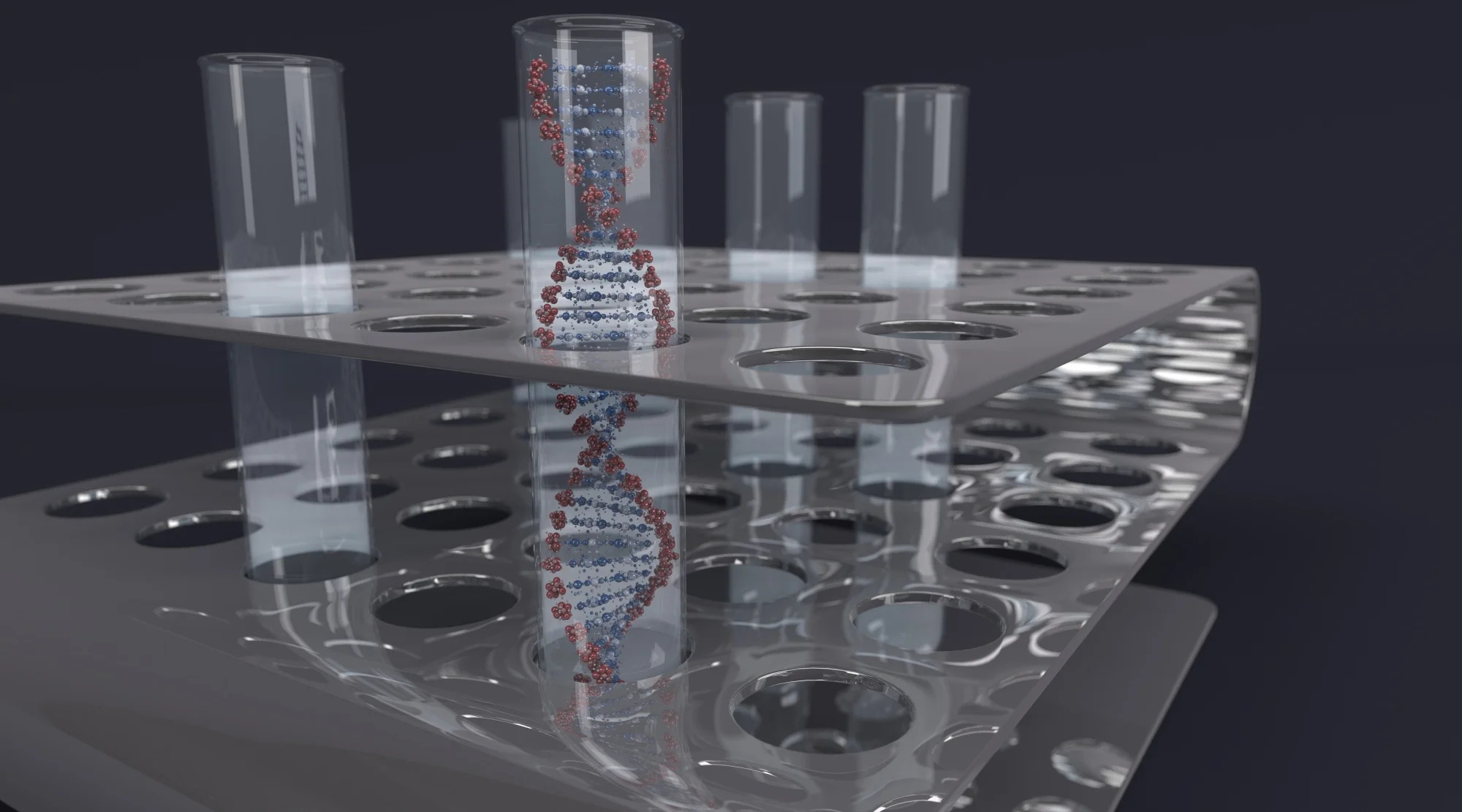In a groundbreaking study published in Nature Biotechnology, researchers from the Computer Science and Artificial Intelligence Laboratory (CSAIL) at MIT detailed the development of an innovative algorithm named Scanorama, which promises to transform how scientists combine single-cell RNA sequencing (scRNA-seq) data. This novel approach addresses critical challenges in the integration of data from multiple experiments, laboratories, and technologies to provide clearer biological insights.
The rigorous study, referenced with DOI 10.1038/s41587-019-0113-3, demonstrated Scanorama’s capability to accurately integrate and eliminate batch effects across 105,476 cells from 26 different scRNA-seq experiments, covering a gamut of nine distinct technologies. The authors, Hie Brian B., Bryson Bryan B., and Berger Bonnie B., with funding support from the NIH (R01 GM081871), showcased the algorithm’s aptitude not only for combining functionally similar cells but also for detecting subtle temporal changes within the same cell lineage, including data series of CD14+ monocytes.
Precise Integration of Heterogeneous scRNA-seq Data
Single-cell RNA sequencing has emerged as a powerful tool allowing researchers to examine the gene expression profiles of individual cells, providing valuable insights into the complex biology at play. However, integrating these datasets to form a cohesive narrative has posed significant challenges—until now. Traditional methods come with a constraint; they require the datasets to consist of functionally analogous cells, skewing the integration process.
Scanorama, the brainchild of scientists in collaboration with MIT’s Department of Biological Engineering, eschews these constraints by identifying common cell types among different datasets, seamlessly merging shared cell types, and maintaining the distinct identities of different cell populations. The result is a detailed and comprehensive panorama of cellular diversity, unhindered by the idiosyncrasies inherent in single-cell datasets.
Addressing Batch Effects and Data Heterogeneity
A persistent hindrance in the sphere of single-cell RNA sequencing is the notorious ‘batch effect’—variance introduced into the data due to differences in experimental conditions, laboratory settings, or sequencing technologies. Such discrepancies have plagued researchers, often leading to erroneous conclusions. Scanorama offers a robust solution by using advanced mathematical techniques to recognize and adjust for these batch effects, thereby refining the data’s consistency and reliability.
Significant Implications for Biomedical Research
The implications of this technological progress extend far beyond the confines of computational biology. Scanorama holds the promise to catalyze advancements in understanding disease processes, developing targeted therapies, and discerning nuanced genetic expressions in health and disease—especially pivotal in fields such as oncology, neurobiology, and immunology.
Methodology Headed by Experience and Expertise
The development of Scanorama was spearheaded by experts in computer science and biological engineering, including Hie Brian B. (0000-0003-3224-8142), Bryson Bryan B. (0000-0003-1716-6712), and Berger Bonnie B. (0000-0002-2724-7228). Their expertise runs deep, as evidenced by the meticulous research and innovative techniques employed in crafting Scanorama.
The researchers utilized an assortment of advanced computational algorithms to curate and process the various datasets. Some key methods cited include similarity estimation using rounding algorithms, explorations of network structure functions using NetworkX, and leveraging Python-based machine learning tools such as SciPy and scikit-learn.
Article Metadata and References
DOI: 10.1038/s41587-019-0113-3
Article ID: 31061482
Nature Biotechnology, Vol 37, Issue 6, June 2019, pp. 685-691
Title: “Efficient integration of heterogeneous single-cell transcriptomes using Scanorama.”
References
1. Haghverdi, L., Lun, A., Morgan, M. & Marioni, J. (2018). Batch effects in single-cell RNA-sequencing data are corrected by matching mutual nearest neighbors. Nature Biotechnology, 36, 421–427. PMC6152897. DOI:10.1038/nmeth.4612
2. Butler, A., Hoffman, P., Smibert, P., Papalexi, E. & Satija, R. (2018). Integrating single-cell transcriptomic data across different conditions, technologies, and species. Nature Biotechnology, 36, 411–420. PMC6700744. DOI:10.1038/nrg3833
3. Kiselev, V.Y., Yiu, A. & Hemberg, M. (2018). scmap: Projection of single-cell RNA-seq data across datasets. Nature Methods, 15, 359–362. DOI: 10.1038/nmeth.4634
4. Cleary, B., Cong, L., Cheung, A., Lander, E.S., & Regev, A. (2017). Efficient generation of transcriptomic profiles by random composite measurements. Cell, 171, 1424–1436.e18. PMC5726792. DOI: 10.1016/j.cell.2017.10.023
5. Kang, H.M. et al. (2018). Multiplexed droplet single-cell RNA-sequencing using natural genetic variation. Nature Biotechnology, 36, 89–94. PMC5784859. DOI: 10.1038/nbt.4042
Keywords
1. Scanorama Integration Algorithm
2. Single-Cell RNA Sequencing Data
3. Heterogeneous Dataset Merging
4. Batch Effect Correction in scRNA-seq
5. Computational Biology Breakthroughs
The scientists believe that Scanorama serves as a quintessential model for future innovations in the intersection of computational and biological sciences, fortifying the foundation on which personalized medicine and detailed genomic exploration can thrive.
For further inquiries, please contact the corresponding author Bryson Bryan B. (bryand@mit.edu) or visit the CSAIL at MIT’s website for additional resources and updates regarding this transformative research.
